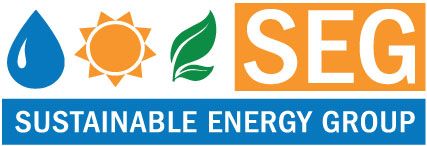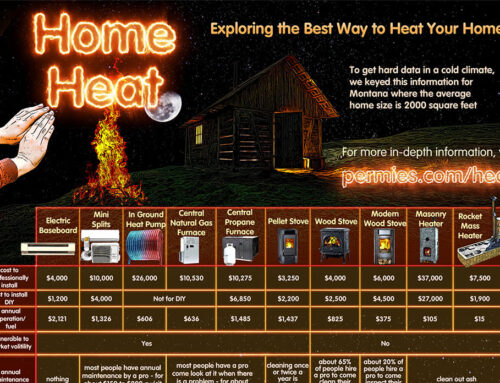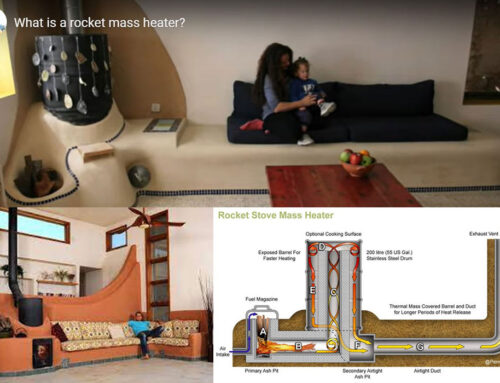*Local Learning Series written by Robin Liepman, Co-Organizer: Heartland Permaculture Design Course (April 1-18).
Permaculture for Homeowners in the Sierra Foothills
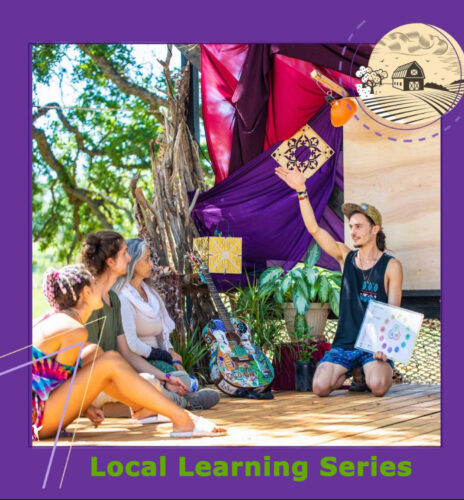


Pressing times call for urgent measures. While life in 2021 is much different than what we imagined it to be a year ago, there are some perks that come with everything slowing down. We have more time to look at our current situation, where we live, and the changes we can make in the world just from our front door.
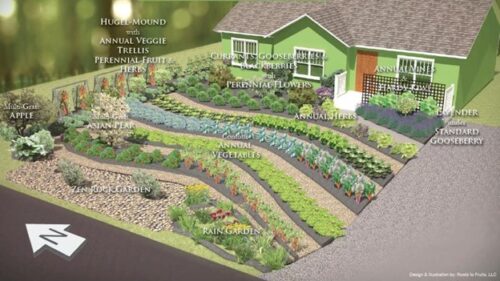


As a homeowner, you have a canvas for cultivating a thriving ecosystem. Your imagination is your greatest asset, and combined with Permaculture Design skills, a regenerative paradise can grow from your own home.
What is Permaculture Anyways?
Permaculture is a term coined by a Tasmanian teacher named Bill Mollison and his Australian student David Holmgrem. It’s informed by Bill’s worldwide travels, learning about ecological and regenerative design systems, especially those of indigenous cultures around the world, studying with a Japanese natural farmer named Masanobu Fukuoka who wrote the book “One Straw Revolution,” and studying thriving natural ecosystems of various climates.
The word “Permaculture” comes from combination of the words:
“Permanent” & “Agriculture,” and “Permanent” & “Culture.”
It’s a design system for both growing food, and building community, informed by the symbiotic and harmonious interconnections found in nature.
Permaculture is also a philosophy and a way of living, centered around three ethics:
- Care for the Earth
- Care for the People
- Fair Share / Return the Surplus / Care for the Future
And the Prime Directive of Permaculture:
“The only ethical decision is to take responsibility for our own existence and that of our children, MAKE IT NOW”
Bill Mollison, Permaculture: A Designers Manual, 1989
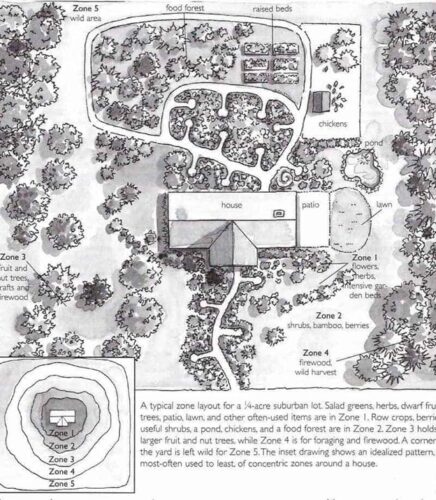


With a “Permaculture” mindset and strategy, growing an abundant ecosystem at your own home is entirely possible. This design increases efficiency and yield, and decreases the need for external resources. It cultivates an environment for growth and regeneration.
Observe and Interact
The very first principle of Permaculture is “observe and interact.” You want to know what’s going on over time around your home before you start designing. You especially want to look at all the environmental factors, which we call “Sectors.” For example, there’s the “Sun Sector,” meaning, where the sun shines on your property throughout the seasons, and where shade gets created. There’s the “Rain Sector” which includes how water falls and travels on your land. This is an especially good time to observe your rain sector, so you can integrate water patterns into your design. With water, you want to find as many ways as possible to sink, slow, spread, and store the water for maximum efficiency.
There is so much to learn about Permaculture design that can drastically improve your living situation, and the thriving, regenerative beauty of your home.
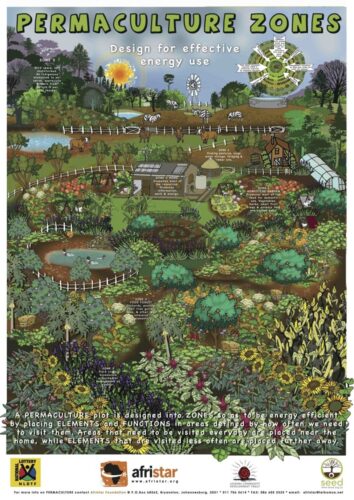


—
About the author:
My name is Robin Liepman, and I go by Bloom.


For 8 years, I have been traveling the world, living at ecovillages, and learning about community building and Permaculture design systems. I am currently co-organizing an 18 day Permaculture Design Course at Heartland Collective, near Nevada City, California. We will be going through a comprehensive curriculum, led by Sarah Wu and Ryan Rising, with all the required classes to receive a Permaculture Design certification, plus many hands-on educational activities, and visits from guest specialists, including local indigenous Nisenan teachers. The last four days of the course will have a special focus on herbalism, and People Care (also known as Social Permaculture).
To learn more about our Permaculture Design Course, visit:
http://heartlandcollective.org/pdc/
And visit our facebook page:
https://www.facebook.com/events/833491044130075
The space is almost full, so if you are interested in joining, don’t hesitate to sign up.
We will be practicing health safety guidelines and camping together for 18 days on beautiful lakeside land.
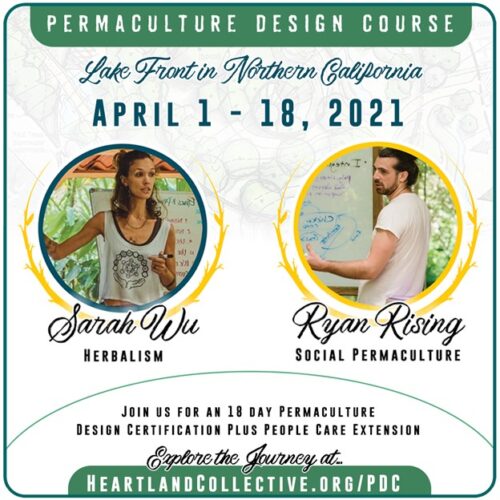


Thank you for taking the time to read this mini-article. If you have any questions about Permaculture and how it can improve your home, you can reach me at: rliepman@gmail.com
In Community,
Robin Liepman (Bloom)
